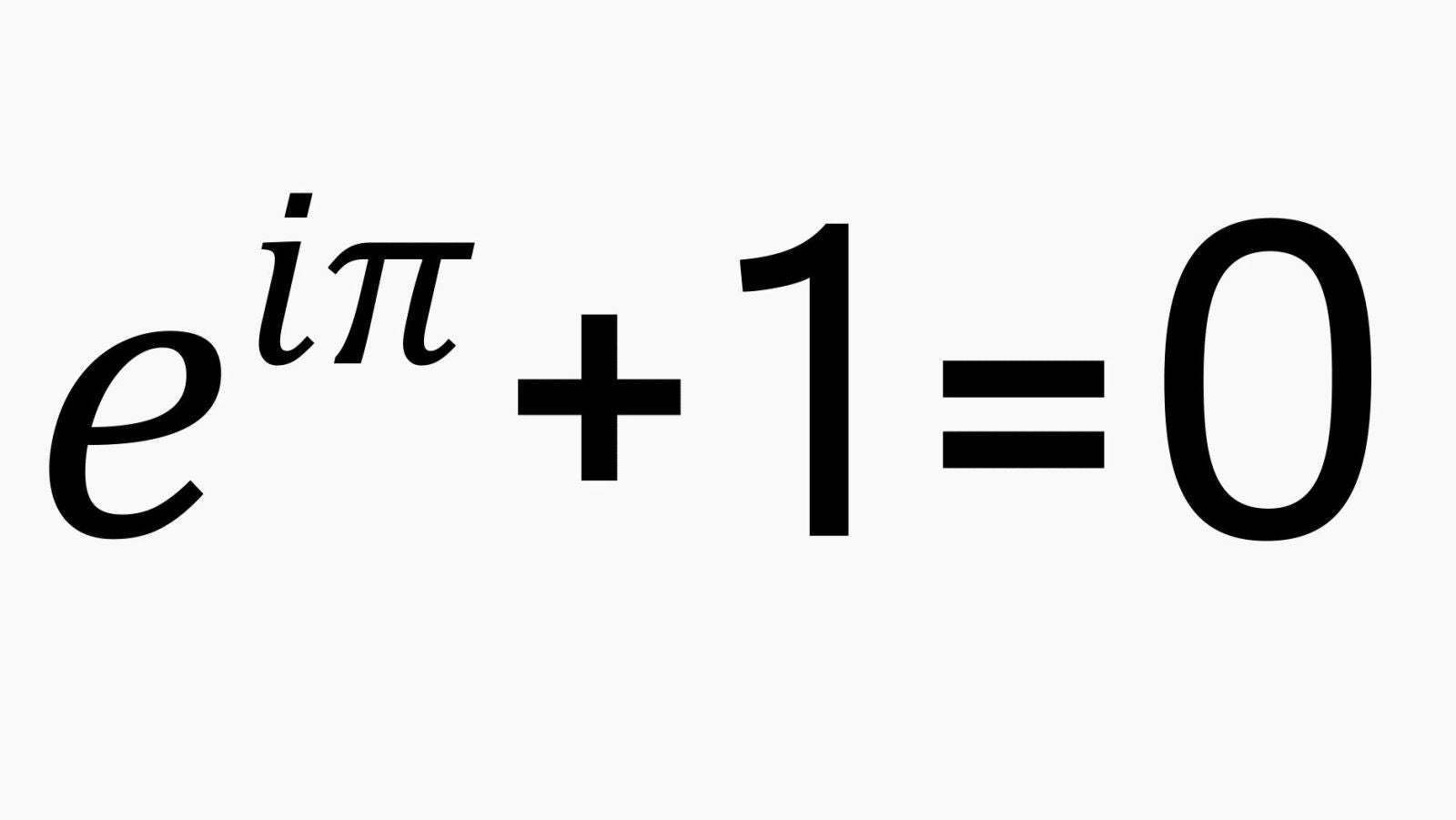Pi is the key to a beautiful, impossible formula that shows math is scarily perfect
In high school, I studied advanced mathematics. This has two uses: Firstly, I can tell people that I once studied advanced mathematics. Secondly, I know about Euler’s equation.


In high school, I studied advanced mathematics. This has two uses: Firstly, I can tell people that I once studied advanced mathematics. Secondly, I know about Euler’s equation.
Euler’s equation should not exist. A science fiction author would never imagine a formula so mind-blowingly perfect; it’s far too neat to seem real in an imaginary world. And yet it’s true, and absolutely true in the way only mathematics can be. I may have forgotten how to derive Euler’s equation from first principles (along with nearly every other detail from my high school classes), but I will always remember the resulting formula. It is irrefutable proof of mathematical perfection, and a reminder that we will never be able to fully grasp the meaning and reasons behind math.
Lo, here is the equation:
𝑒𝑖𝜋 = -1
If it’s been a while since you studied math, perhaps this doesn’t look like much. But breaking it down reveals its beauty.
Firstly, in honor of pi day, take pi, or 𝜋: An irrational number, so-called because it goes on infinitely without repeating, 𝜋 was first discovered as the number that describes the relationship between a circle’s circumference and its diameter (circumference = 𝜋 x diameter.) In the centuries since, scientists have determined that 𝜋 also describes the way rivers wind and ripples of light in physics. Originally, though, 𝜋 belonged to the realm of mathematics that deals with shapes and sizes: geometry.
Another famous irrational number, 𝑒, comes from logarithms, which are a part of calculus—a totally different branch of mathematics. The full significance of 𝑒 takes a while to explain, but one key detail, forming the basis of its role in logarithms, is that the rate at which 𝑒x grows is 𝑒x. Like pi, e is the basis of many different formulas. Numerically, it equals 2.71828… going on continually, without repeating.
Then there’s 𝑖, which is an imaginary number. It’s a theoretical concept that can never practically exist. 𝑖 signifies the square root of -1, which is impossible. No two identical numbers can be multiplied together to get a negative, meaning there is no numerical square root of -1. The square root of 4 is 2, and you can have 2 apples. But you can never have √-1 apples.
And yet, take these three utterly different, complicated numbers and bring them together in Euler’s equation and you get a magically neat result: e to the power of (𝑖 multiplied by pi) equals -1. Or:
𝑒𝑖𝜋 = -1
You can also write this as:
𝑒𝑖𝜋 + 1 = 0
The number one, of course, is the first natural number, the first positive integer, and the most common lead in sets of data: Quite simply, it’s how we start counting. And the number zero is the only non-positive natural number, the smallest non-negative quantity, signifying nothing.
In other words, one short equation includes five of the most important numbers in all of mathematics.
It’s almost unnerving. Taken alone, numbers like e, 𝑖, and 𝜋 seem like the results of an imperfect human effort to understand the complexity of the world through mathematical relationships. Euler’s equation, though, shows there’s a unity behind these numbers. The sum total of human mathematic knowledge is no more than a tiny fraction of the complete, perfect system. And every number or equation we discover is a reflection of this abstract, inherent truth, rather than a human invention. Humans can hope to uncover mathematical truths, but we cannot create them.